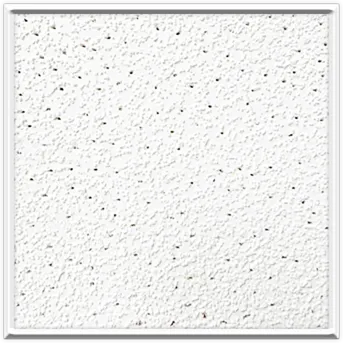Dec . 15, 2024 07:27 Back to list
drop ceiling t bar clips
Understanding Drop Ceiling T-Bar Clips A Comprehensive Guide
When it comes to suspended ceilings, drop ceilings, or false ceilings, the role of T-bar clips is pivotal. These small yet essential components play a significant part in ensuring that the ceiling system remains secure and stable. In this article, we will explore what drop ceiling T-bar clips are, their importance, and their installation process.
What Are Drop Ceiling T-Bar Clips?
Drop ceiling T-bar clips are small metal or plastic connectors used to fasten T-bars, which are the main support elements of a suspended ceiling system. T-bars are grid-like structures that form the framework to hold ceiling tiles in place. The clips attach to the T-bars, allowing them to be securely connected to the ceiling grid and preventing any unwanted movement.
These clips come in various designs, but they typically have a simple hook or latch mechanism that allows for easy installation and removal of the T-bars. Standard sizes fit most ceiling grids and tiles, making them a versatile choice for both commercial and residential applications.
Importance of T-Bar Clips in Drop Ceilings
1. Stability and Support T-bar clips provide the necessary stability to the ceiling grid, ensuring that the T-bars remain in their proper positions. This stability is crucial in preventing sagging and maintaining an even ceiling surface.
2. Ease of Maintenance In the event of damage or the need to access the space above the ceiling, T-bar clips allow for easy removal and reinstallation of ceiling tiles. This ease of access can be vital for maintenance, repairs, or installations of lighting and electrical systems.
3. Aesthetic Appeal A well-installed drop ceiling with T-bar clips contributes to a clean and professional appearance. Properly secured T-bars prevent gaps and misalignments that can detract from the overall look of a space.
4. Soundproofing and Insulation When used with appropriate ceiling tiles and insulation materials, T-bar clips help create a soundproof barrier. This is especially important in commercial settings where noise control is a priority.
drop ceiling t bar clips

Installation Process
Installing drop ceiling T-bar clips is generally straightforward, even for those without advanced DIY skills. Here is a step-by-step guide for installation
1. Gather Your Materials Ensure you have all necessary materials – T-bars, ceiling tiles, T-bar clips, mounting hardware, and tools like a level, measuring tape, and screwdriver.
2. Measure and Plan Before installation, measure the space where the ceiling will be installed. Create a layout plan, ensuring the T-bars are evenly spaced according to local building codes and the specific design of the ceiling tiles.
3. Attach Main T-Bars Start by installing the main T-bars along the ceiling. These bars will serve as the backbone of the suspended ceiling. Use the clips to secure them in place.
4. Install Cross T-Bars After the main T-bars are securely attached, begin adding cross T-bars. Space them as required and secure them using the same clips.
5. Insert Ceiling Tiles With the grid system in place, gently drop the ceiling tiles into their respective positions. Make sure they fit snugly and are level across the entire ceiling surface.
6. Final Check Once all tiles are in place, inspect the ceiling for any misalignments or gaps. Adjust as necessary to ensure a professional finish.
Conclusion
Drop ceiling T-bar clips may seem like minor components, but their role in the coherence and functionality of a drop ceiling system is significant. By providing stability, ease of access, and aesthetic appeal, they are indispensable in both commercial and residential settings. Understanding how to properly install and utilize these clips can lead to a successful and durable ceiling system that enhances any space. Whether you're renovating your home or designing an office, don't underestimate the importance of T-bar clips in creating a flawless drop ceiling.
-
Quality Ceiling Trap Doors & Access Panels | Easy & Secure AccessNewsAug.30,2025
-
Durable Ceiling T Grid Systems | Easy InstallationNewsAug.29,2025
-
PVC Gypsum Ceiling: Durable, Laminated Tiles for Modern SpacesNewsAug.28,2025
-
Pvc Gypsum Ceiling Is DurableNewsAug.21,2025
-
Mineral Fiber Board Is DurableNewsAug.21,2025
-
Ceiling Tile Clip Reusable DesignNewsAug.21,2025







